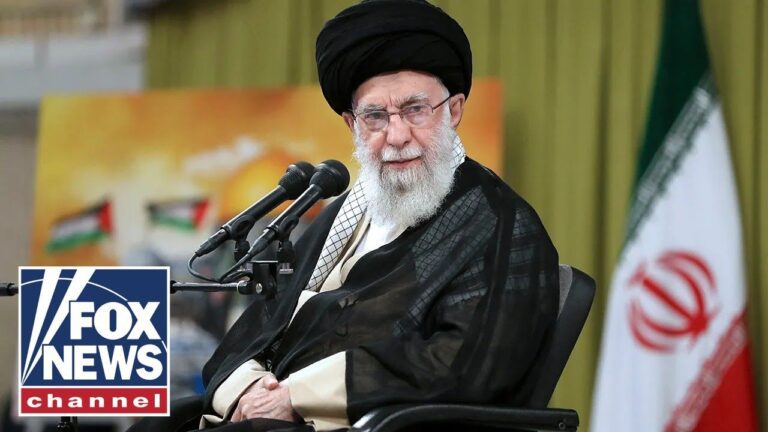Video at the bottom!
In less than an hour, President Trump is set to convene his national security team at the White House amid alarming intelligence reports regarding an imminent Iranian threat to a U.S. military base in Qatar. This base, highlighted during Trump’s recent Middle East trip, is the largest U.S. air base in the region, and authorities in Qatar have closed airspace until further notice, leading to a complete halt of flights.
U.S. officials are warning all Americans in the area to shelter in place as tensions escalate. Meanwhile, details about America’s unprecedented military operation against Iran are coming to light, revealing that the U.S. successfully executed a precision airstrike that targeted three key Iranian nuclear sites. President Trump praised the operation, stating that Iran’s nuclear facilities have been “completely and totally obliterated,” and emphasized the need for peace going forward.
The recent military strike was described as the largest operational strike in U.S. history, showcasing the remarkable capabilities of the U.S. military. Seven B-2 bombers undertook the mission, with precise coordination involving 125 U.S. warplanes that executed the strike with unmatched precision.
Based on satellite imagery, it was noted that many of the aircraft at the base had been moved beforehand to mitigate risk. Despite this, the military bases remain prime targets for potential Iranian retaliation following the U.S. airstrike. Both current and former Pentagon officials suggest that U.S. efforts have likely set back Iran’s nuclear program by one to two years, though the whereabouts of 900 pounds of highly enriched uranium remain uncertain.
Concerns now grow about potential retaliatory actions from Iran, with speculation about missile strikes aimed at U.S. bases in Iraq. The military and embassy personnel have been relocated for safety, as intelligence suggests Iran may respond quickly and violently.
Historically, past U.S. administrations have made promises to prevent Iran from acquiring nuclear weapons, yet President Trump has taken decisive action that sets his response apart. As conversations unfold, the discussion highlights a stark contrast between President Trump’s proactive measures and the verbal commitments of previous leaders.
As the situation evolves, with Israel ramping up military actions against Iranian infrastructure, the stakes become increasingly high. Amid this backdrop, analysts note the gravity of the responses and the implications for U.S. foreign policy moving forward, emphasizing Trump’s willingness to tackle threats head-on, unlike his predecessors. The collaboration and meticulous planning behind the military operation reflect the elite caliber of the U.S. Armed Forces, marking a pivotal moment in contemporary military history.


